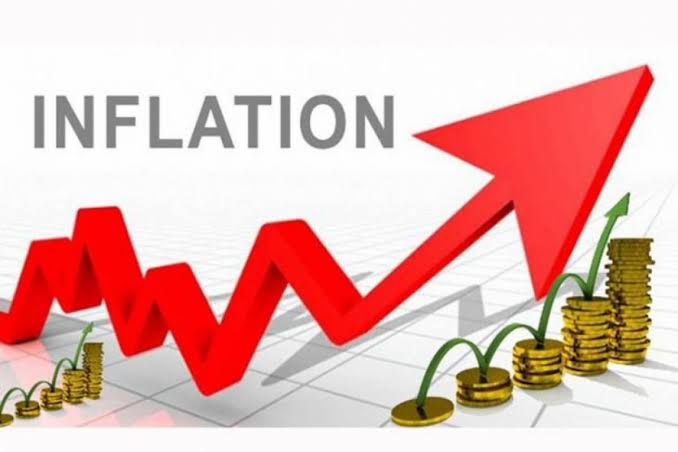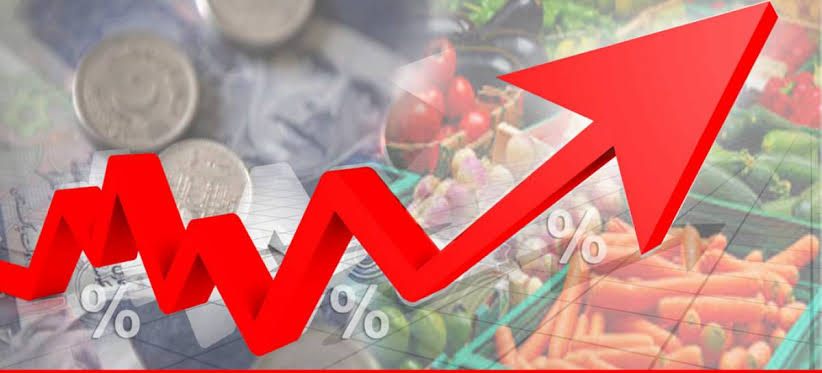Pakistan’s total import bill is significantly impacted by its foreign oil purchases .Not only does an increase in global oil prices result in inflation, but it also reduces the rate of exchange, making imports more expensive and resulting in a trade deficit. The current inflation rate is affected by changes in exchange rates, prices imposed by the government, rising indirect taxes, and inflationary expectations.
Inflation is fueled further by all of this, as well as by fluctuations in the quantity of money available. Pakistan’s money supply is growing as a result of international aid and loans as well as remittances. In addition, the interest rate was reduced by the State Bank of Pakistan in June 2020 from 13.25% in March 2020 to 7% today. Theoretically, a decrease in the policy rate set by the central bank would lead to an increase in aggregate demand as a result of increased economic spending on consumption and investment.The subsequent rise in aggregate demand intensifies the economy’s inflationary pressures.
It is clear that direct taxes on the undocumented economy were not collected in time. However, in addition to causing price increases, the rise in indirect taxes continues to lower the standard of living for the average person and widen the income gap.

The fact that not all income levels are equally affected by inflation makes matters worse for the working class. Both creditor and fixed-income earners’ purchasing power is significantly diminished. In time the economy might see numerous unfriendly impacts of expansion like joblessness, wiped out organizations, and so on. The effectiveness and use of anti-inflationary policies by the government may still indicate its future success.

